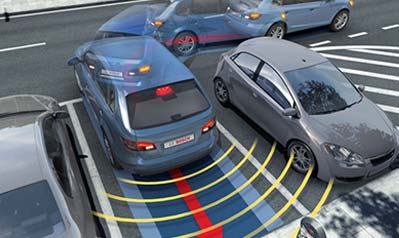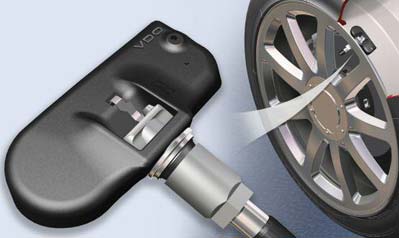Welcome to May Auto Parts Manufacturing & Supplying (MAPMS)
Welcome to May Auto Parts Manufacturing & Supplying (MAPMS)
A large number of precision die-casting parts are used in auto parts such as automobile engines, gearboxes, transmission steering systems, and electronic control systems. Therefore, the demand situation of the automobile industry will greatly affect the overall development prospects of the die-casting industry. As people pay more and more attention to the energy-saving and environmental protection performance of automobiles, the automobile industry presents a trend of replacing steel with aluminum and iron with aluminum. At present, the global aluminum alloy die casting market in auto parts shows a continuous development trend. It is expected that the amount of aluminum alloy die castings in the automotive industry will increase by 50% in 2025.
In the past five years, the global automobile market has entered a rising channel of steady growth. The global automobile production and sales increased from 80,045,100 and 77,926,900 in 2011 to 90,683,100 and 89,678,000 in 2015, respectively. With the continuous development of the automotive industry in emerging markets, the global automotive industry continues to maintain a steady development trend.
The auto parts industry is an important part of the automobile manufacturing industry and plays an important role in the automobile industry chain. Auto parts are the accessories required for the basic functional units that make up various parts of the car, covering engine systems, transmission systems, braking systems, chassis systems, driving systems, steering systems, braking systems, electrical systems, automotive wiper system, reducing The components used in various functional systems such as the shock system and the body, and a whole vehicle is composed of tens of thousands of components.
In the environment of increasingly stringent emission standards, vehicle lightweighting, as an important way to achieve energy conservation and emission reduction, has been accepted by the public, government departments and major auto manufacturers, and has become the development trend of the world auto industry. The so-called lightweight of automobiles is to reduce the curb weight as much as possible on the premise of ensuring strength and safety performance, thereby improving power, reducing fuel consumption and reducing exhaust emissions. Aluminum alloy materials are lightweight, recyclable and easy to form. In theory, aluminum vehicles can reduce weight by 30% to 40% compared to steel vehicles. Therefore, aluminum alloy materials are one of the most ideal materials for lightweight vehicles.
Reducing the weight of the vehicle can reduce the load of the engine, improve the driving performance, effectively reduce the braking distance, make the steering and cornering process more flexible, and increase the stability of the vehicle driving; when subjected to impact, the aluminum alloy material can also absorb and disperse more. more energy and therefore more comfort and safety. The increase in the penetration rate of aluminum used in various major components of automobiles has become a trend in the development of the automobile industry. Specifically reflected in the average aluminum consumption per bicycle, the average aluminum consumption per vehicle in North America was 54 kg in 1980, and this value increased to 154 kg in 2010. It is expected that by 2025 this value will be close to 325 kg.
Popular Automotive Spare Parts
 The Car Engine Is Actually Durable, But You Can Scrap It in Minutes by Doing These 4 Things!
READ MORE >
The Car Engine Is Actually Durable, But You Can Scrap It in Minutes by Doing These 4 Things!
READ MORE >
 Are There Any Bad Effects of a Broken Car Sensor?
READ MORE >
Are There Any Bad Effects of a Broken Car Sensor?
READ MORE >
 Igniting Efficiency: The Role of Car Ignition Coils in Engine Power
READ MORE >
Igniting Efficiency: The Role of Car Ignition Coils in Engine Power
READ MORE >


